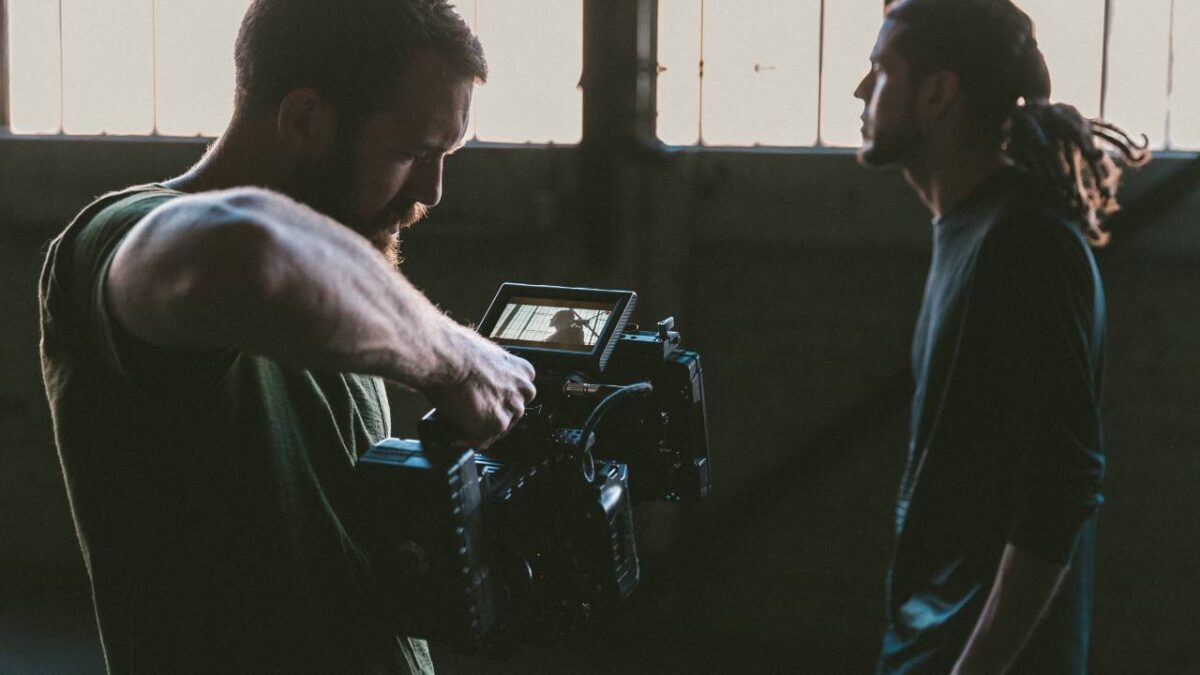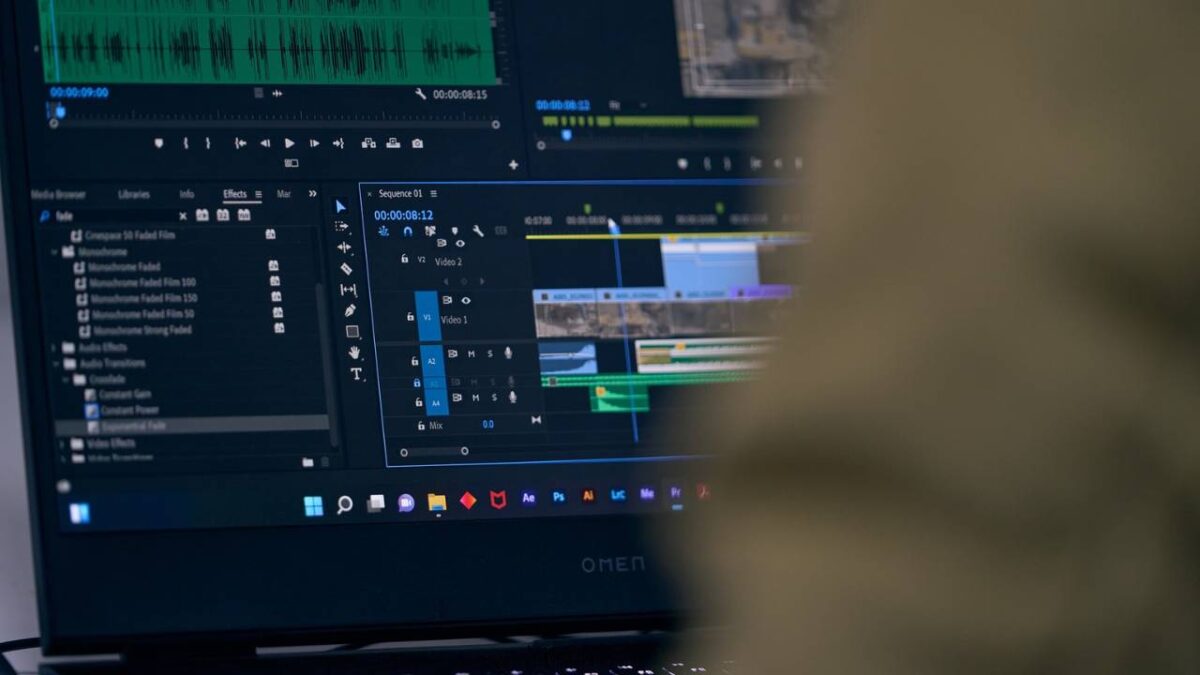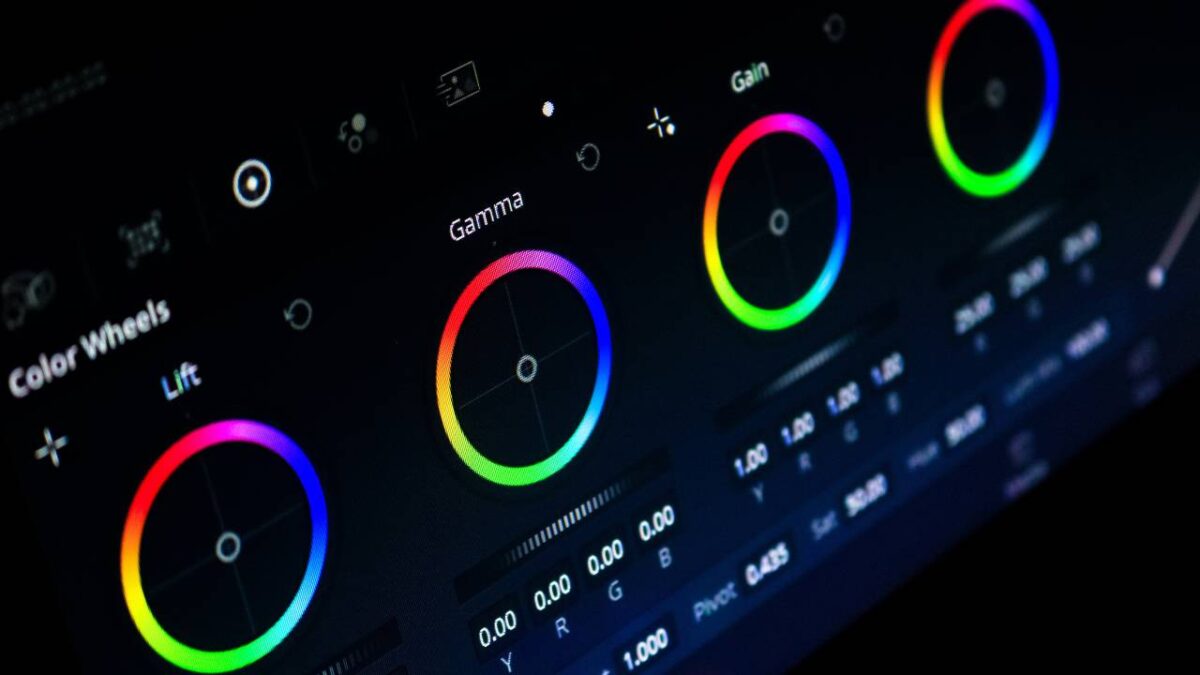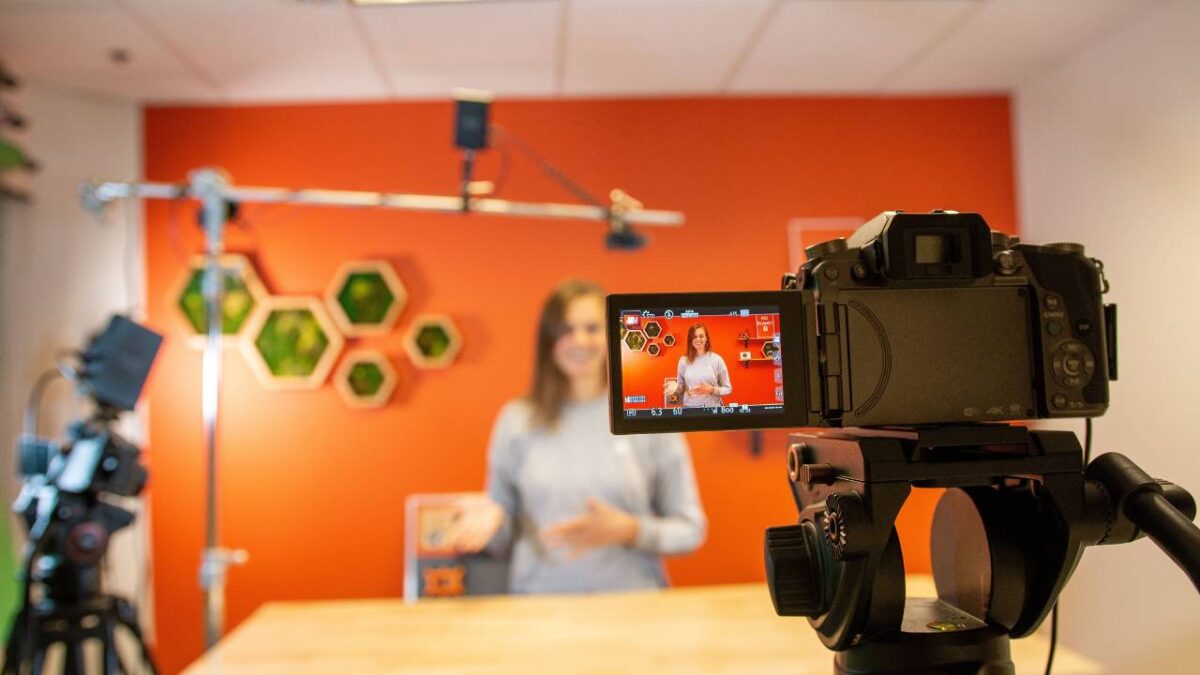As you dive into the world of video production, you’ll quickly notice that the creative process extends far beyond simply pointing and shooting a camera. One key aspect that breathes life into your work is the delicate blend of art and motion, encapsulating your audience with engaging visuals. This captivating symbiosis is best exemplified through the design elements of video production, where unique artistic depictions dance alongside the storytelling aspects, elevating your content to new heights.
By delving into the fusion of art and motion in video production, you empower yourself to craft a visual language that resonates with your audience. Whether through captivating motion graphics or striking compositional choices, the design aspects of your videos will set the tone and create lasting impressions. So, as you unlock your creative potential, remember to embrace the artistic elements where they seamlessly intertwine with motion, guiding you on a journey of boundless visual expression.
The Intersection of Art and Motion
The Evolution of Design in Motion
The world of design has come a long way over the years. From the days when television was a novelty to the present digital age, design has undergone a significant transformation. You might be familiar with early TV ads which had simple visuals and limited animation. In the beginning, the intersection of art and motion was limited, but with technological advancements, the scope has expanded immensely.
One of the driving forces behind this is the evolution of motion graphics. You’ll appreciate the journey motion graphics have taken over the years – today, you’re no longer limited to static images or simple animations. Instead, motion design allows you to merge art and story to create a visual experience that goes well beyond what was possible in the past.
The Rise of Motion Graphics
Motion graphics can be seen everywhere, from your favourite films to advertisements and beyond. The demand for motion design has grown to the extent that businesses, such as Hedgehogs vs Foxes, are endeavouring to offer top-notch video production services. This growth is mainly attributed to advancements in technology and the variety of tools available to create stunning visual content.
As a video producer, you have access to software like Adobe After Effects and Cinema 4D, which can help bring your ideas to life. Coupled with the growth of online platforms, your opportunities to showcase your work have increased as well. It’s no secret that social media channels have contributed to motion graphics’ rising popularity, providing avenues for content creators to share their work and attract clients.
These developments have allowed for greater creative possibilities in marrying art and motion. No longer restricted to simple animation or rudimentary design, you have an incredible array of techniques at your disposal, allowing you to create breathtaking visuals that captivate your audience. From 2D animation to 3D modelling and even virtual reality experiences, you can push the boundaries of conventional design and create truly unique visual productions.
Important Elements of Video Production Design

Storyboarding and Illustrative Concepts
In the early stages of video production design, you’ll focus on creating a clear visual story. This begins with developing your concept, which should engage and resonate with your target audience. Sketch out storyboards and think about the images and scenes that will help tell your story. These illustrations are crucial for guiding the production team through the filming process.
Colour, Text, and Aesthetics
The visual aspects of your video, including colour schemes, text, and graphics, contribute to the overall mood and tone. Get inspired by exploring various styles and choosing a consistent theme throughout your video. Be mindful of your target audience, ensuring the aesthetics align with their preferences and interests.
Transitions and Timing
Transitions can help keep your video smooth and seamless. The tempo and rhythm of your transitions can evoke different emotions and impact your storytelling. Carefully consider each scene transition and experiment with various motion design techniques to see what works best.
Visual Composition
Filmmaking requires thoughtful attention to composition. Consider camera angles, lighting, and subject positioning to create visually engaging scenes. Research the rule of thirds, techniques for depth of field, and various composition styles to enhance the dynamic visual experience for your viewers.
Audio and Sound Design
Don’t forget the importance of audio in your production. Sound design can significantly impact the emotional resonance of your video, whether it’s through music, voice-over, or ambient noise. Choose appropriate audio elements that enhance your storytelling and keep your audience engaged.
The Video Production Process

Pre-Production
In this stage, you’ll focus on preparing for the actual production process. You’ll start by brainstorming concepts and developing storyboards to give a visual representation of your ideas. As the director, it’s vital to communicate your vision clearly to the rest of the team, including artists and animators.
During pre-production, you’ll also take care of:
- Setting a budget to manage finances efficiently
- Scouting settings and sets for the perfect backdrop
- Designing intricate costumes, making sure they complement the art
- Collaborating with makeup artists to highlight character appearances
Good communication with your team is essential in this phase to ensure everyone is on the same page.
Production
When you step into the production phase, your team comes together to bring your vision to life. You’ll work closely with:
- Actors, as they portray characters convincingly
- Animators, forming the backbone of your motion art
- A cinematographer to capture the best angles and lighting
- The special effects department to create jaw-dropping visuals
The production process may involve long hours and tight deadlines, so maintaining enthusiasm and motivation throughout is crucial. Stay organised and maintain a smooth workflow to ensure success.
Post-Production
The post-production phase is where your masterpiece comes together. This stage revolves around editing the scenes, sound, and visuals seamlessly. You must be patient and detail-oriented in order to achieve a polished final product.
In post-production, you’ll also focus on:
- Colour grading, to set the mood and atmosphere
- Sound design, balancing audio levels and adding effects
- Collaboration with composers for the perfect soundtrack
Finally, the distribution process takes place, sharing your creation with viewers worldwide. As you reflect on your journey, remember that the harmony of both art and motion is what makes video production an unforgettable experience.
Software and Technology in Video Production

Graphics and Animation Software
When it comes to creating stunning visuals for your video productions, software like Adobe After Effects and Flash are essential tools in your arsenal. These powerful programs allow you to design and animate graphics which bring your projects to life with an engaging, professional finish.
Adobe After Effects is perfect for adding flair to your videos, from motion graphics to visual effects. With its user-friendly interface and plethora of customisation options, you can create complex animations and impressive composites. Flash, on the other hand, is an excellent choice if you want to create interactive content such as web animations, e-learning applications, and games.
Editing Software
The next step in your video production journey is the editing process, and that’s where Adobe Premiere Pro comes into play. Known as one of the most popular editing software applications available, Adobe Premiere Pro offers a streamlined workflow for video professionals of all levels.
With its wide range of features, including colour grading, sound editing, and motion graphics integration, you can craft your video into a well-polished, cohesive final product. Not only that, but Adobe Premiere Pro is compatible with other software in the Adobe suite, such as After Effects, allowing you further control over your video’s visual and auditory elements. This software also supports various file formats and resolutions, meaning you won’t run into any compatibility issues throughout your projects.
Motion Graphics in Advertising and Marketing

Iconography and Art Direction
As a motion graphic designer, you’ll have the creative freedom to explore and express ideas through motion graphics. In advertising and marketing, iconic imagery and art direction play essential roles in delivering your message effectively.
Iconography captures your audience’s attention and elicits an emotional response. It’s crucial to pay attention to visual elements like icons, colours, and typography, which all add to the overall aesthetics and art direction – because captivating audiences is vital in advertising. Additionally, excellent UX (user experience) is vital, as your designs should be easy to read, understand and interact with.
Marketing through Motion Graphics and Video Production
Due to the increasing importance of video content in social media marketing, motion graphics and video production play crucial roles in getting your message across. With commercials and title sequences, you create engaging narratives that allow your audience to connect with your brand in ways that can’t be achieved through text alone.
Producing captivating videos helps your business stand out from the competition, showcasing your unique selling points. The impact of branding is evident here, where strategically incorporating motion graphics enhances your marketing efforts by:
- Increasing engagement: Dynamic visuals encourage interaction, leading to increased awareness and potential conversions.
- Providing information: Motion graphics can effectively convey complex ideas through visually engaging and easily digestible content, enabling your audience to comprehend the message quickly.
- Supporting storytelling: Well-animated visuals breathe life into your brand narrative and help create memorable experiences for your audience.
By simultaneously considering creativity, aesthetics, and purpose, you, as a motion graphic designer, can create compelling content for advertising and marketing initiatives that maximise customer engagement and improve the success of your campaigns.
Conclusion
In your journey through the world of video production, you’ve explored the thrilling intersection of art and motion. By keeping your goals and brief in mind, you’ve managed to create captivating visuals that go beyond the surface to evoke an emotional response from your audience.
As you continue honing your craft, remember to foster an atmosphere of creativity and collaboration. Embrace innovative techniques and be open to experimentation—that’s where the magic of art and motion truly comes together. So, keep pushing the boundaries, and you’ll be amazed at what you can achieve in the ever-evolving realm of video production.






